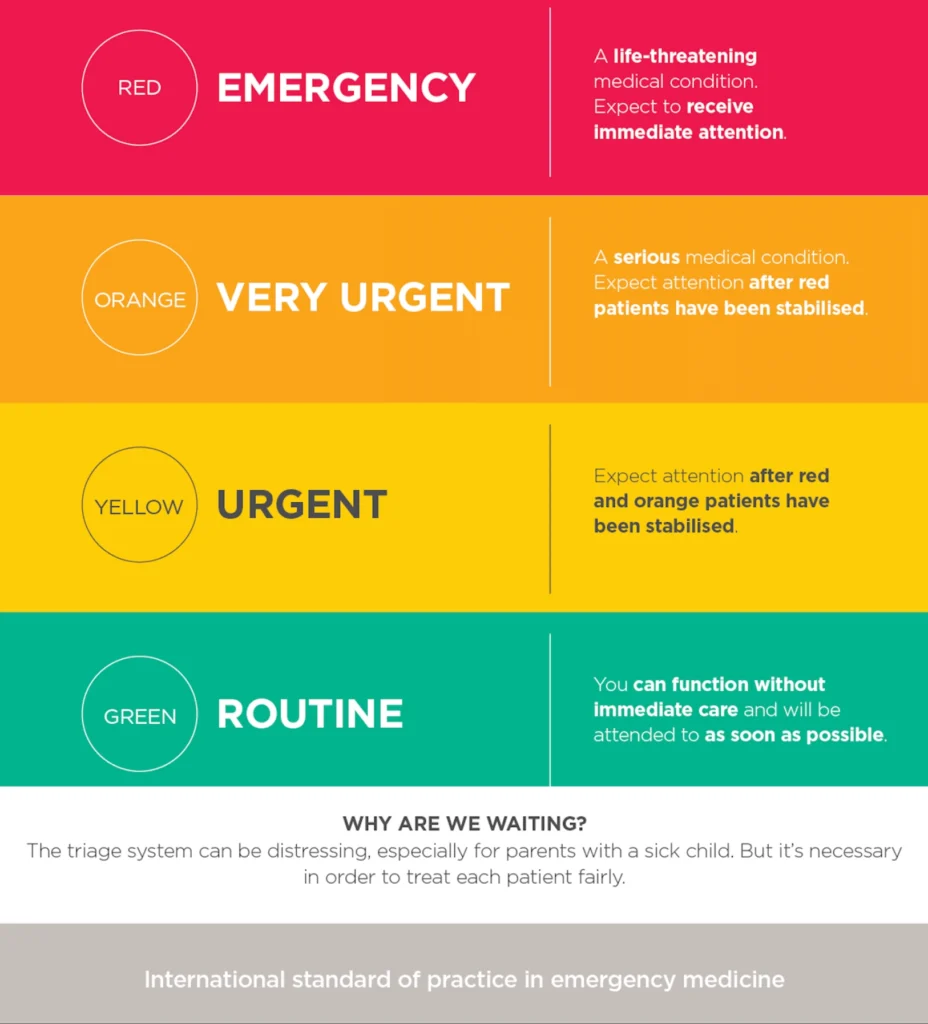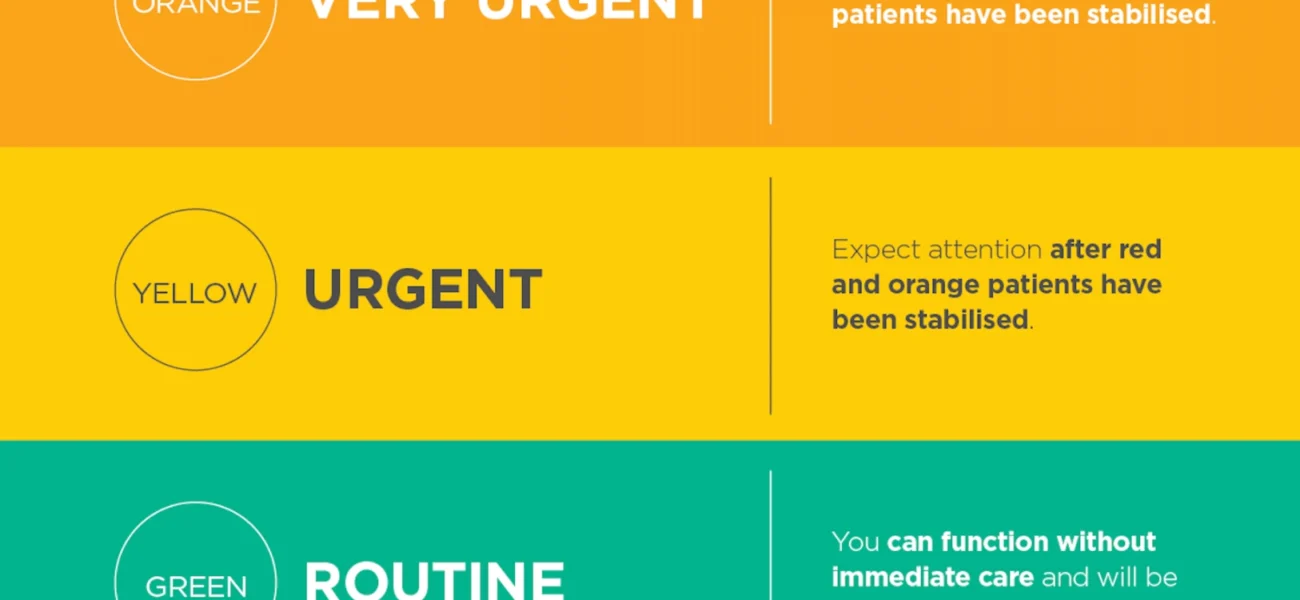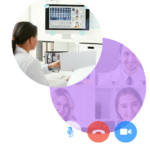
Automated triage and remote management of patients
The healthcare industry is constantly evolving, and the most important innovation is the automation of patient management. This means that patients can be contacted by doctors, nurses, or other members of their team in a faster and more efficient way than before. It also allows medical records to be updated automatically without human intervention so that there’s no need for any errors or omissions when it comes to completing paper-based tasks like paperwork or medical forms. A few of the Technological Adoptions by the Healthcare Industry are :
Contactless check-in using NFC and QR codes
The use of NFC and QR codes is a simple way to enable contactless check-in at the hospital. Patients can simply wave their smartphone over a reader, which reads their identity and automatically retrieves all relevant information. After scanning the patient’s wristband, doctors can access all relevant medical history, including allergies and health conditions. This process is similar to checking in at an airport; you don’t need to enter your name or passport details while waiting in line because they’re already stored on your phone!
NFC uses radio waves that are invisible but can be detected by smartphones, tablets, or other devices equipped with near-field communication (NFC) technology such as Apple Pay, Google Pay, and Samsung Pay
Automated triage using chat technology
Chatbots are a type of artificial intelligence (AI) that can hold a conversation with humans. They have become popular in recent years, especially as a way to help patients’ self-triage. Chatbots can be used to triage patients in a hospital or clinic, but they also have applications outside of healthcare settings: they’re used by businesses like Amazon and Google Home to answer questions and provide information on topics such as weather reports or news stories.
Suggestions for the next best actions based on patients’ answers
The next best actions are suggestions for the patient to take next. Natural language processing (NLP) is used to understand what the patient is saying and then suggest the next best action based on their response. Machine learning can be used to improve the accuracy of these suggestions, as well as how they’re presented in different ways depending on context.
A chatbot can provide these suggestions by interacting directly with patients through text or voice conversations over email, instant messaging, or social media platforms like Facebook Messenger or WhatsApp Chatbot app installed on mobile devices such as Android phones or iPhones running iOS
Integrated appointment booking
The new appointment booking feature allows patients to book an appointment with their doctor or another healthcare professional, from anywhere in the world. Patients can also view all their scheduled appointments on a single map. The integration between the patient’s calendar and the system makes it easy for providers to find out where patients are at all times. This means that if there is a problem and staff need to check up on you, they won’t have any trouble getting through to someone at your home address when they call (or text).
Medical records update
Medical records can be updated automatically, by the patient and/or their caregivers. This is done using chat technology, NFC, and QR codes.
The medical record update process is a two-way communication between the patient and the healthcare provider. The patient can use a smartphone app to send an instant message via text or voice to their healthcare provider who will then respond back with permission to proceed with an automated medical record update process. This system allows for complete transparency between both parties involved in this process because it gives both parties access at all times so they are aware of what needs to be done next before it is done (e.g., filling out forms).
Video consultation between patients and doctors, or patients and nurses
Patients will be able to communicate with their healthcare providers via video conference. This means that instead of going all the way back to the office for a face-to-face meeting, you can simply connect with your doctor at home in order to get answers during a busy day.
This technology is currently being utilized by many hospitals, clinics, and Healthcare startups around the world as an easier way for patients to interact with their doctors during emergencies or other situations where it would be difficult for them to travel long distances from their homes without losing hours of valuable time off from work or school; but this isn’t just limited only within medical settings!
Conclusion
Healthcare has always been a dynamic industry, and with the rise of new technologies and innovations, it’s clear that we are entering an era where healthcare can truly be transformed. As we see in the examples above, there are many ways to improve the experience for patients—from automated triage to appointment booking, video consultations, and more. All of these innovations will make your life easier as well as help improve patient outcomes by speeding up response times and providing better care. With all these possibilities at our fingertips, it’s time to start thinking about how we can harness them all together!



